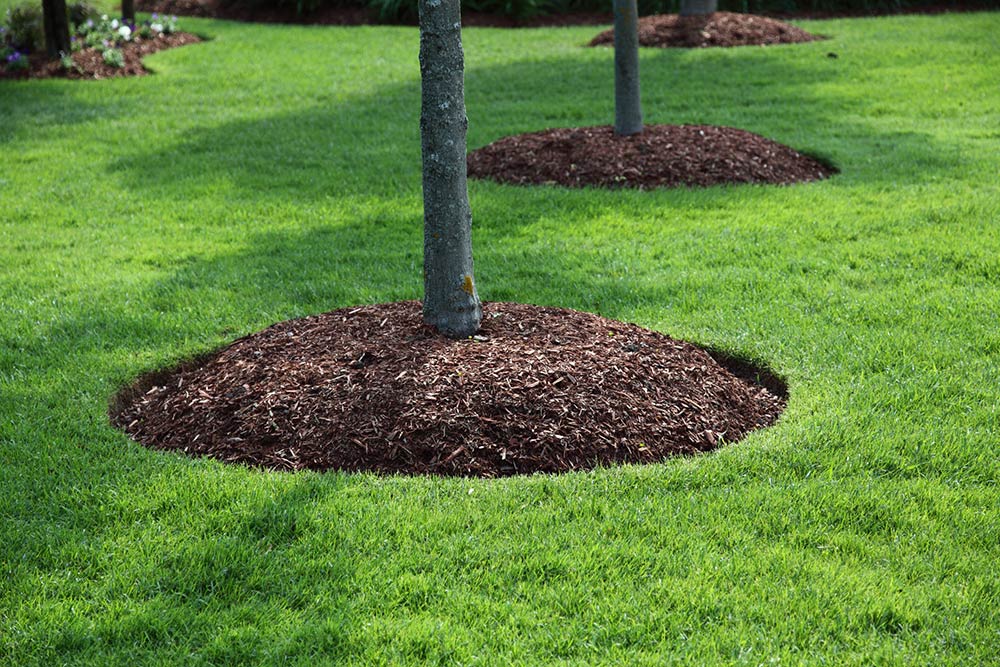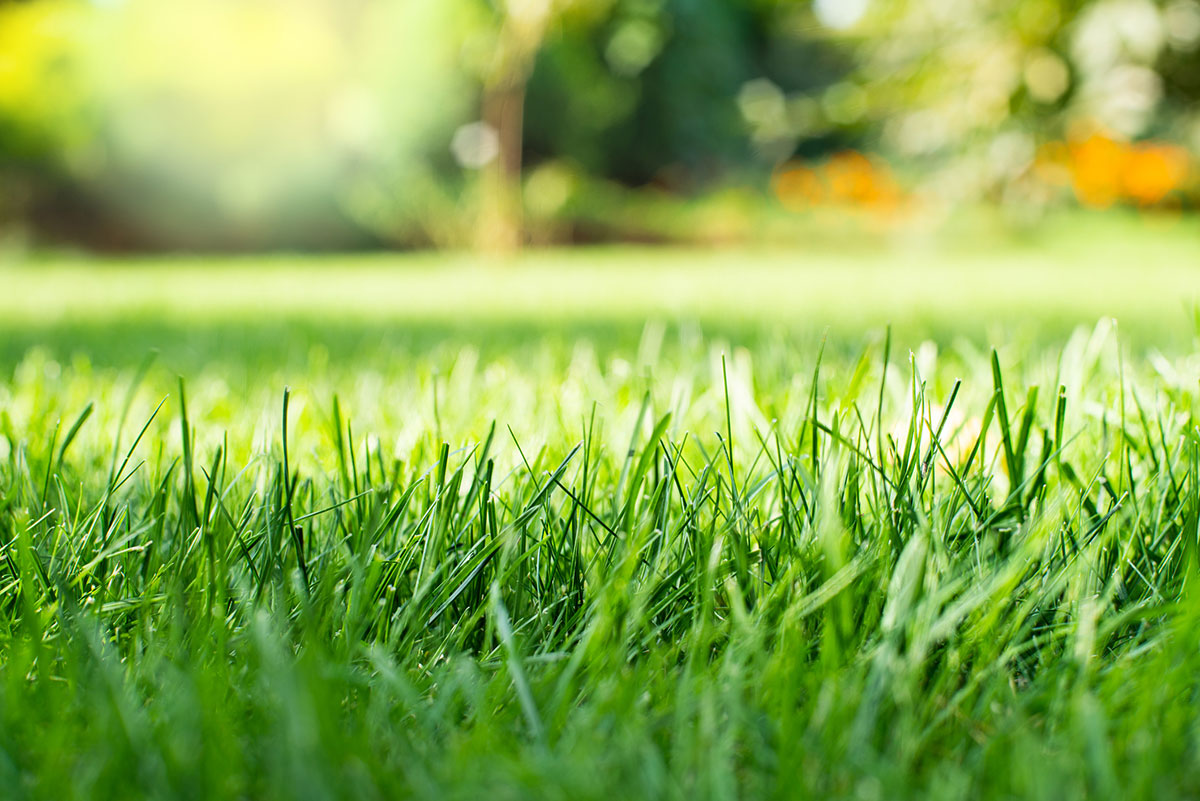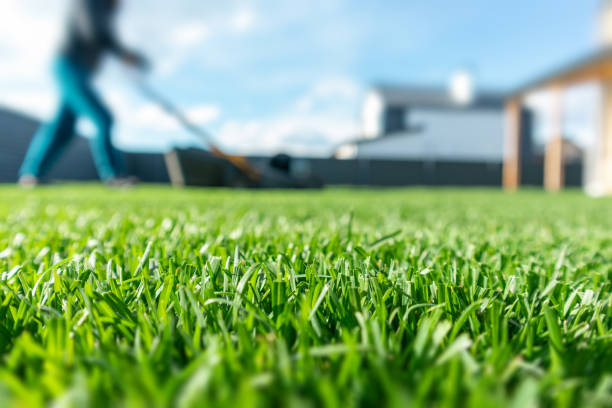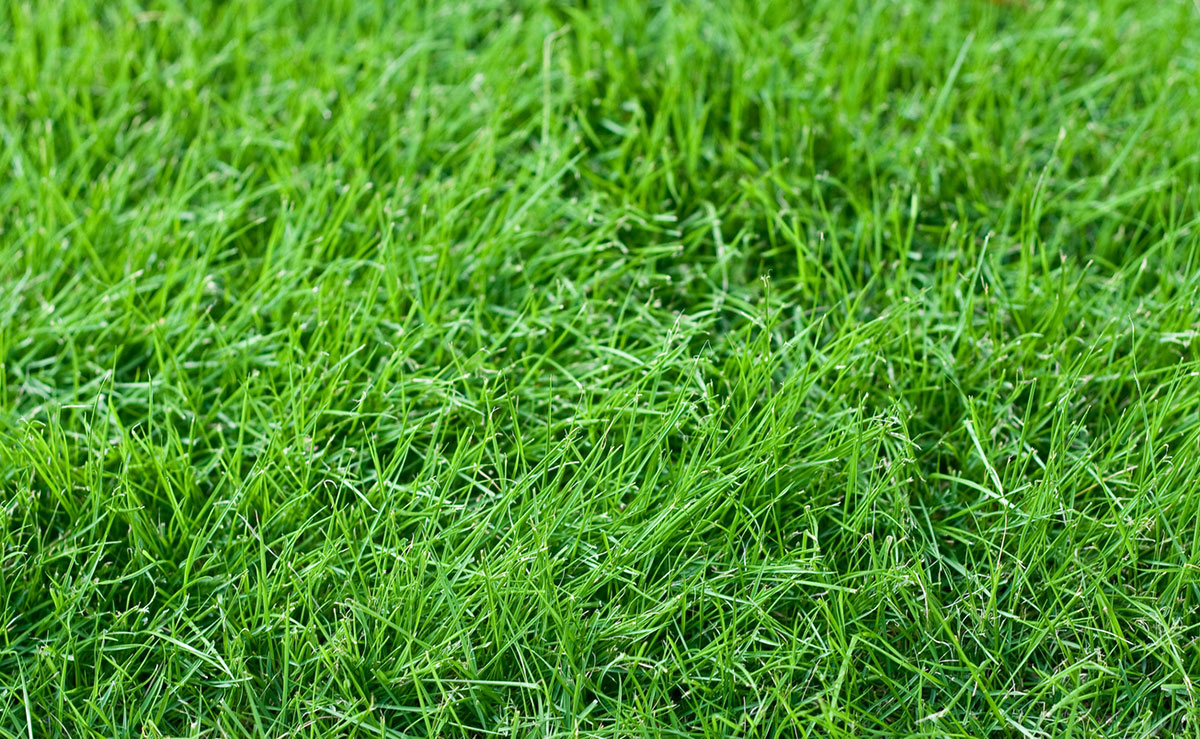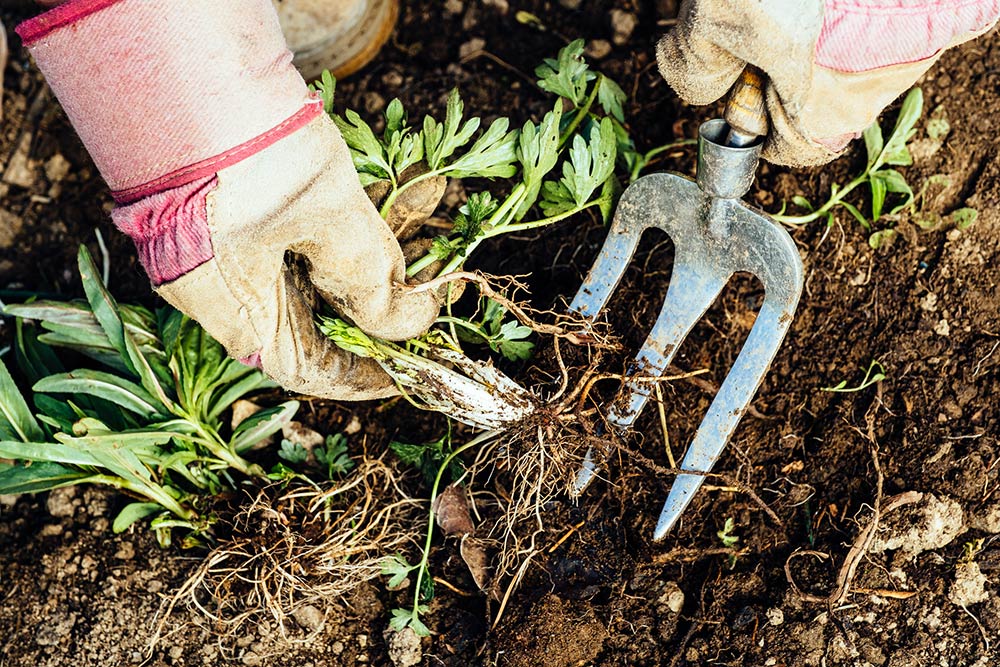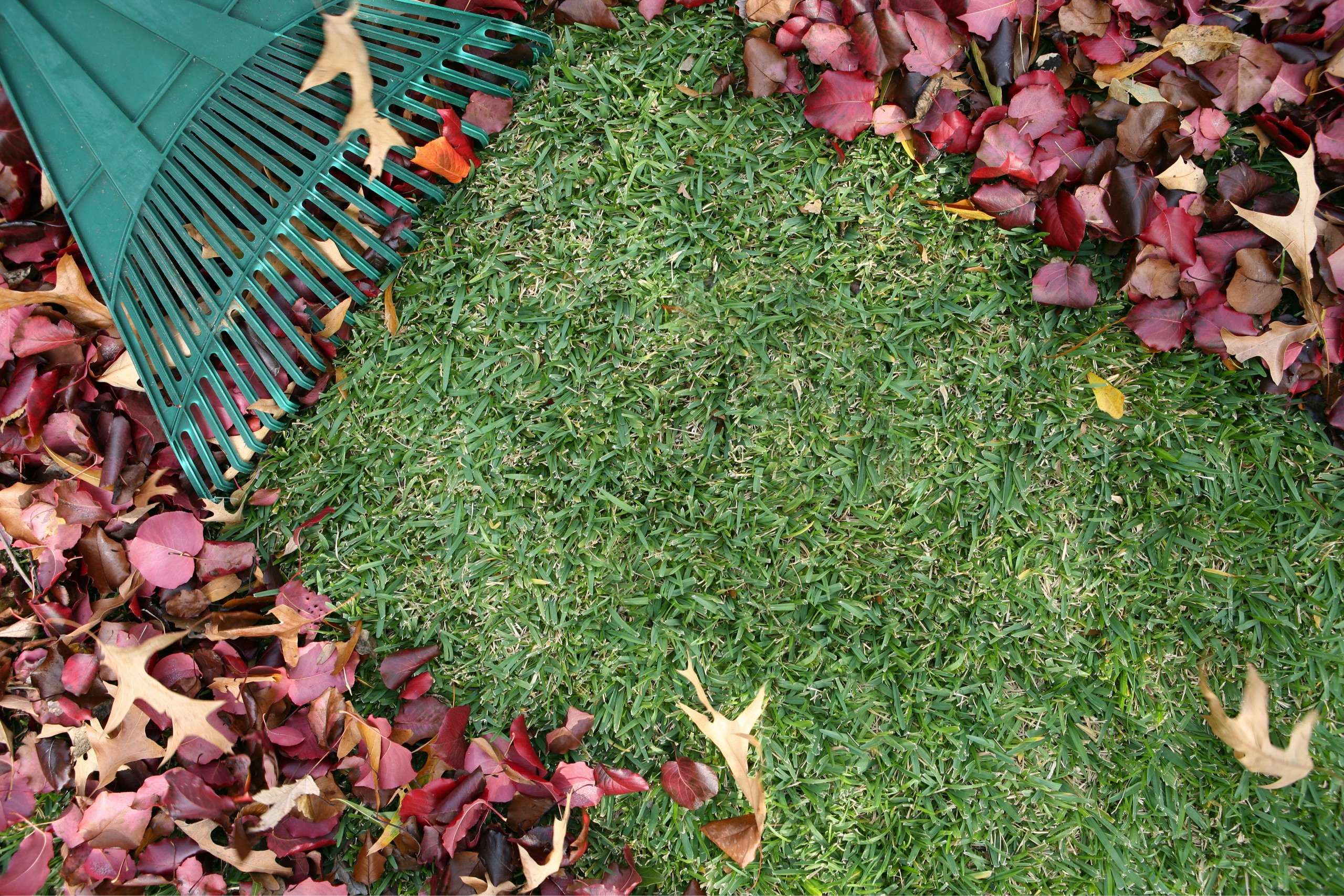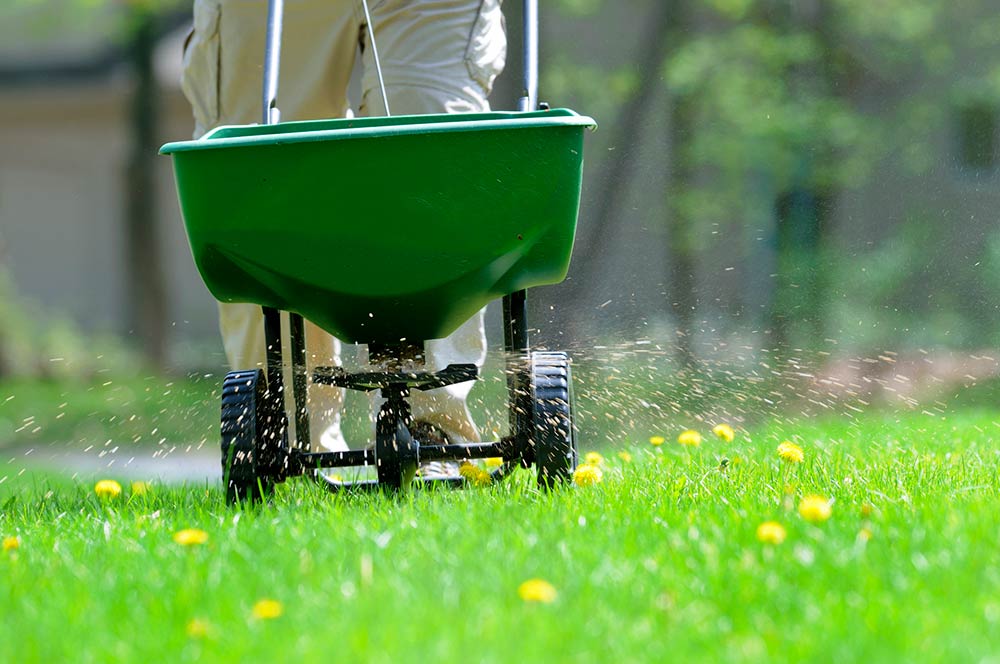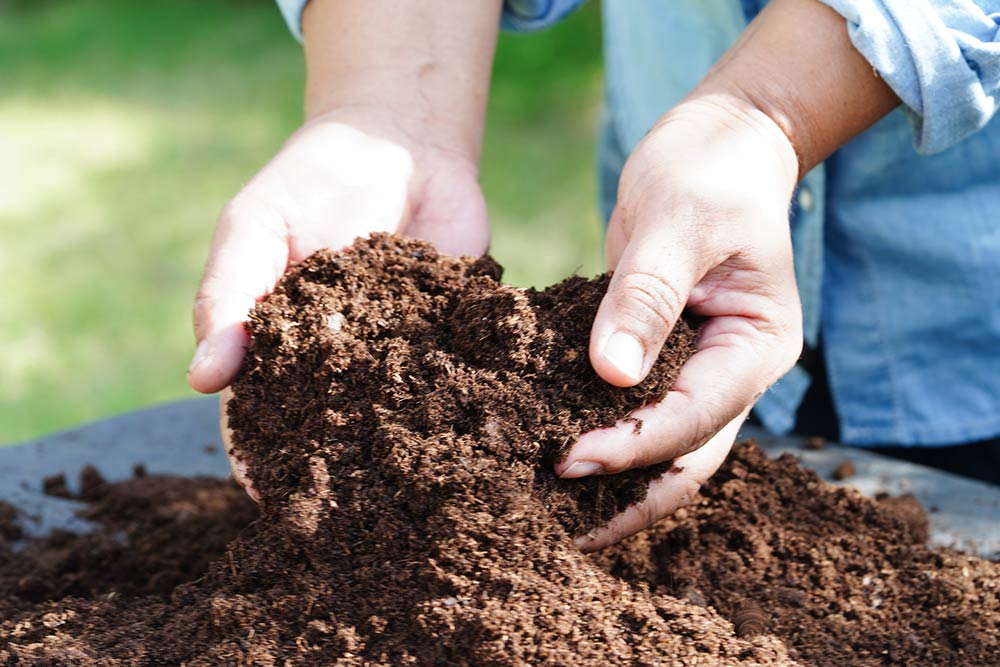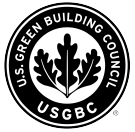Introduction
Whether your goal is to achieve a lush, green lawn early in spring or to improve the health and resilience of your grass during the hot summer season, applying fertilizer in early spring is essential. At Lyngso, we understand that selecting the right grass fertilizer for spring and choosing the best time to apply it can be a challenge, especially considering factors such as soil type, grass species, and local conditions. In this guide, we will explore the key aspects of spring fertilization and provide tips on choosing and applying the best fertilizer for your lawn.


